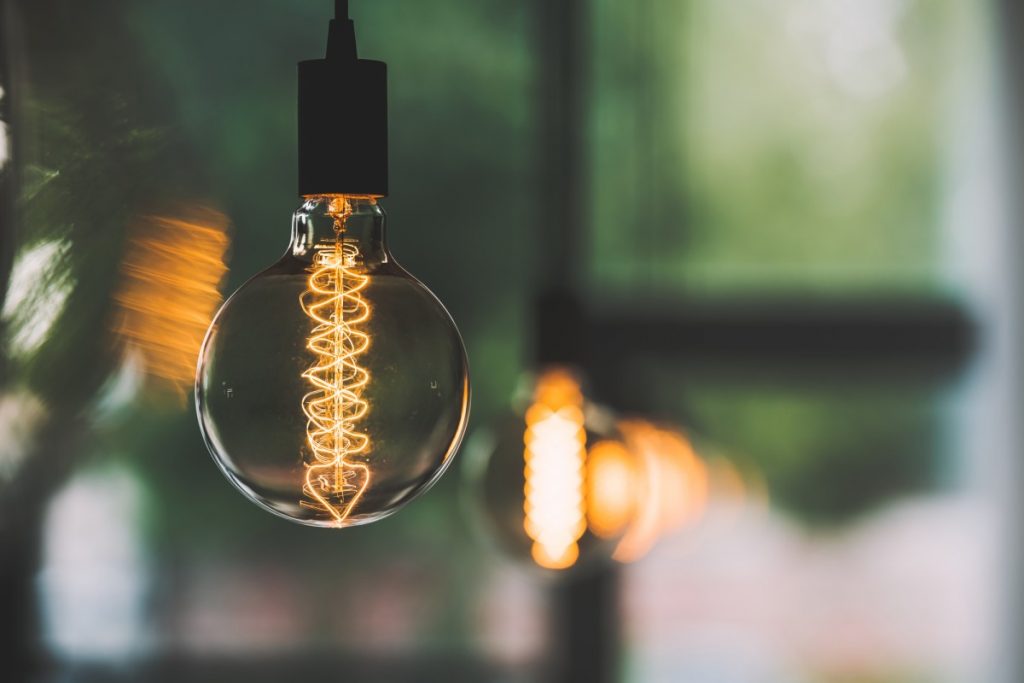Research circles worldwide have seen loads of work done on Perovskite solar cells; however, the toxic lead they have is a problem. To meet this concern, scientists have discovered next-generation solar material that efficiently harvests energy from indoor lights. This will provide a suitable alternate option for safer and greener types of light absorbers.
The study and further work for these lead-free perovskites-inspired materials were carried out in China and the U.K. For now, these materials are in their development phase and will be used in the future for the next generation of solar cells.
The new material is the same in structure as typical lead-halide perovskites; however, it comes with the absence of toxic lead content, making them safer but with a downside. These novel materials won’t absorb sunlight with the same effectiveness as the conventional ones that contained lead.
The team took a pair of this novel light-absorbing material and tested their performance with indoor lights. As a result, they found out that while their bandgaps were too wide to absorbing solar energy, they were perfect for harvesting energy from indoor lights.
The results were somewhat fascinating with indoor lighting. The material absorbed one percent of solar energy and showed 4 percent absorption with indoor light.
Scientists believe it to be on par with the ongoing industry standards for indoor photovoltaics. They showed that millimeter-scale PIMs could draw enough energy that it could power thin-film transistor circuits; however, it doesn’t end here; its potential has even more to offer.
Dr. Robert Hoye, a co-author of the study from Imperial College London, said the new material could efficiently turn light from lamps into electricity. And this capability is already present in the range of existing commercial technologies. He added tracing numerous possible improvements in the material will enable us to get ahead of the current indoor photovoltaic technologies.
The team foresees putting these materials to use in various ways, conceiving the energy from indoor lamps and bulbs to be used to charge phones, wearable devices, and speakers, etc.
Much research on the topic is required before putting these materials to large-scale use; however, it has opened up some effective and interesting new possibilities to pursue.
Co-author of the study Professor Vincenzo Pecunia said that other than their environment-friendly nature, new materials could be processed into unusual substrates such as fabric and plastics, which are incompatible with current technologies. Hence lead-free perovskite materials soon would enable battery-free devices such as healthcare monitoring devices, wearables, and even smart homes and smart cities of the future.

